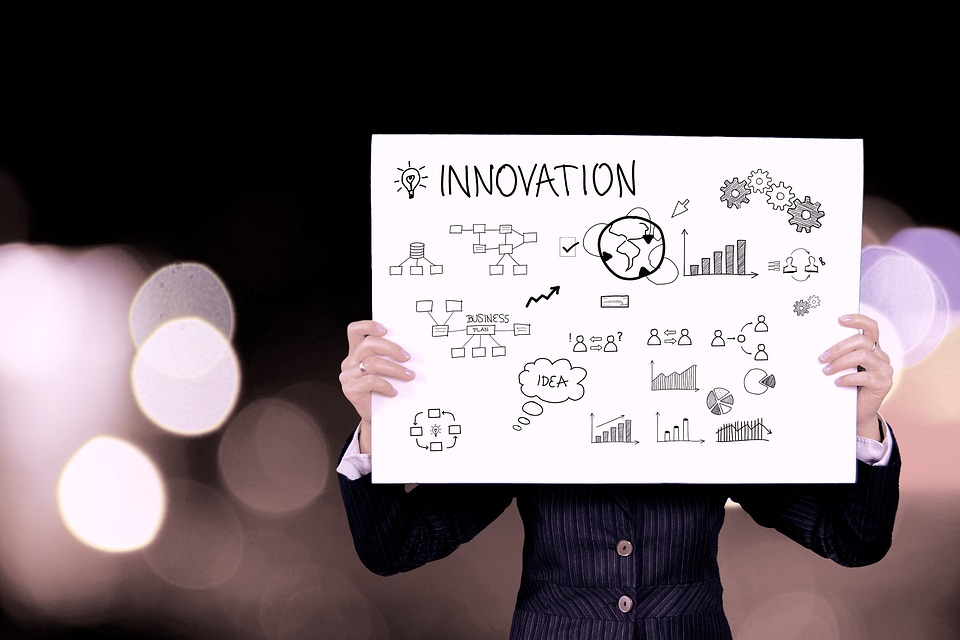In an era characterized by rapid technological advancement and shifting consumer preferences, understanding market dynamics has never been more critical for businesses and investors alike. The landscape is continuously evolving, shaped by everything from economic fluctuations to global events. This article delves into the latest trends influencing the market today, unpacks their implications, and offers insights into how organizations can adapt strategically to stay ahead.
The Current Economic Environment
At the forefront of today’s market dynamics is the ongoing impact of inflation and interest rates. As central banks in various countries grapple with inflationary pressures, increased interest rates have become a commonplace response. This tightening of monetary policy affects borrowing costs for both individuals and businesses, leading to shifts in consumer spending patterns and business investment.
The uncertainty stemming from geopolitical tensions, such as conflicts, trade disputes, and their ripple effects on global supply chains, further complicates the picture. Companies are being compelled to reassess their operational strategies, often turning to local suppliers to mitigate risks associated with international trade.
The Rise of Digital Transformation
Digital transformation has accelerated markedly, positioning itself as a cornerstone of market dynamics. Businesses are increasingly investing in technology to enhance customer experiences and operational efficiencies. The pandemic served as a significant catalyst, pushing many organizations to adopt digital tools and e-commerce solutions more rapidly than previously anticipated.
Key trends within digital transformation include:
-
Remote Work and Hybrid Models: The shift towards flexible work arrangements has prompted companies to rethink their workplace strategies. Organizations are investing in collaboration tools and digital infrastructure to support remote work, leading to changes in corporate real estate needs.
-
E-Commerce Surge: The growth of online shopping continues to outpace traditional retail. Brands are focusing on optimizing their digital presence, enhancing supply chain logistics, and improving customer personalization through data analytics.
- Artificial Intelligence and Machine Learning: These technologies are no longer futuristic concepts. They are being leveraged for everything from predicting consumer behavior to optimizing inventory management, making operations more agile and responsive.
Sustainability and Social Responsibility
Another defining trend reshaping the market is the increasing demand for sustainability and corporate social responsibility (CSR). Consumers, particularly millennials and Gen Z, are more inclined to support brands that align with their values. As a result, businesses are prioritizing sustainable practices, reducing carbon footprints, and engaging in ethical sourcing.
This trend is not just a moral imperative; it’s also a competitive advantage. Companies that transparently communicate their sustainability initiatives often see enhanced brand loyalty and consumer trust, as well as improved investor confidence.
Shifting Consumer Preferences
The pandemic led to profound changes in consumer behavior. Today’s consumers prioritize convenience, health and wellness, and authenticity. Subscription services, for example, have skyrocketed in popularity as they cater to consumers’ desire for ease and personalization.
Moreover, there is a growing trend toward minimalism and conscious consumption, prompting businesses to rethink product offerings and marketing strategies. Brands that embrace transparency and engage in storytelling that resonates with their audiences are seeing significant rewards.
Technological Advancements
Emerging technologies continue to redefine market dynamics. The integration of blockchain technology, for instance, is enabling greater transparency in supply chains. The current buzz surrounding the metaverse poses both opportunities and challenges, potentially reshaping how brands engage with consumers in virtual spaces.
Moreover, advancements in biotechnology and renewable energy are opening new avenues for growth. Companies in these sectors are positioned uniquely to leverage governmental support and consumer interest in innovative and sustainable solutions.
Preparing for the Future
For businesses to thrive in today’s complex and dynamic market, they must remain agile and adaptive. Here are some strategies to consider:
-
Invest in Data Analytics: Understanding market trends and consumer behavior through data is essential for making informed business decisions.
-
Embrace Innovation: Companies should foster a culture of innovation, encouraging employees to engage in creative problem-solving to stay ahead of market trends.
-
Prioritize Customer Engagement: Businesses must engage with customers across multiple channels and platforms, soliciting feedback and adapting communication strategies accordingly.
-
Focus on Sustainability: Incorporating sustainable practices not only meets consumer demand but also prepares companies for future regulatory changes.
- Monitor Global Events: Staying informed about geopolitical developments and their potential implications on the market allows businesses to proactively adapt their strategies.
Conclusion
Decoding the trends driving today’s market dynamics requires a keen understanding of the current economic landscape, technological advancements, and shifting consumer behaviors. By embracing innovation, prioritizing sustainability, and leveraging data analytics, businesses can navigate these complexities effectively. As the marketplace continues to evolve, staying ahead of trends will be pivotal for success in an increasingly competitive environment.


